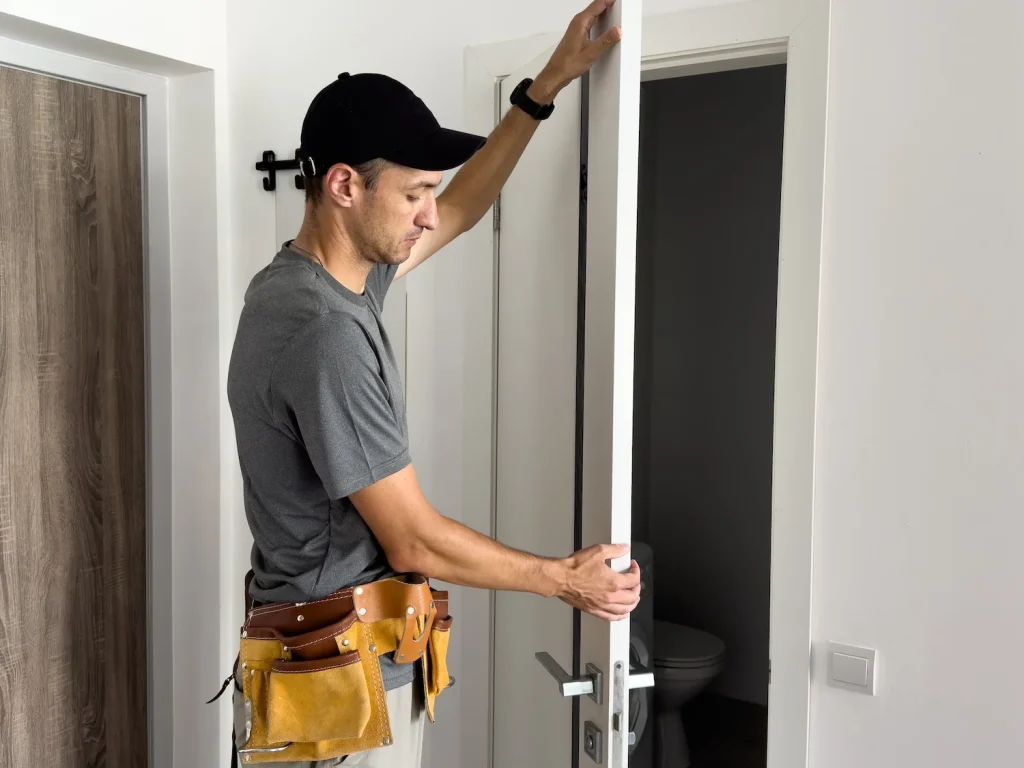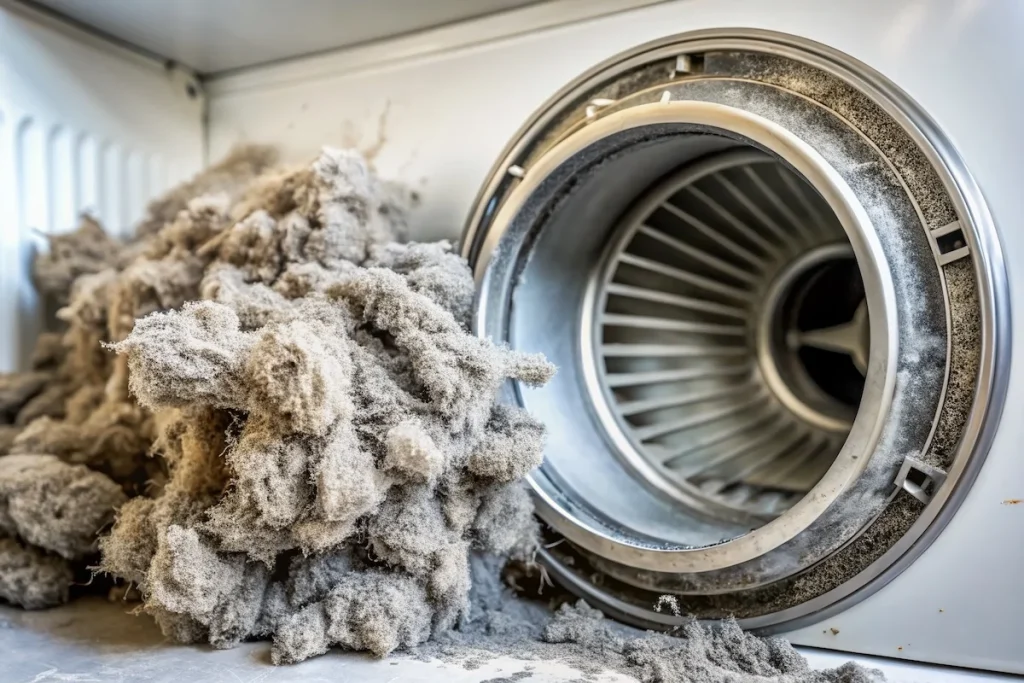Ensuring compliance with HUD’s NSPIRE standards requires a comprehensive approach to property maintenance. While NSPIRE Standards for Door Inspections focus on door functionality, security, and fire safety, many property owners overlook the indirect impact of other building components—such as dryer vent systems—on these standards. Proper dryer vent inspections can significantly contribute to maintaining safe and compliant housing conditions, ultimately supporting NSPIRE guidelines.

Content
Preventing Fire Hazards That Affect Door Compliance
One of the primary goals of NSPIRE standards is fire safety, and doors play a crucial role in containing fires and allowing safe exits. However, clogged or faulty dryer vents are a major fire hazard. Lint buildup in dryer vents can ignite easily, increasing the risk of fire spreading through the property. If a fire occurs, it can damage doors, rendering them non-compliant with NSPIRE safety regulations. Conducting routine inspections following best practices on How to Inspect Dryer Exhaust Ventilation Properly can minimize this risk, ensuring that fire-rated doors remain intact and functional.
Enhancing Indoor Air Quality and Structural Integrity

Blocked dryer vents can lead to excessive moisture buildup inside a property, promoting mold growth and weakening structural elements, including doors. High humidity levels can cause wooden doors to warp, swell, or deteriorate, making them fail NSPIRE inspection criteria. By routinely inspecting dryer vents and ensuring proper airflow, property managers can prevent these moisture-related issues, thereby maintaining door integrity and compliance with HUD regulations.
Supporting Proper Ventilation for NSPIRE Compliance
Proper ventilation is a key factor in meeting NSPIRE’s overall safety and habitability requirements. Dryer vents that are not functioning correctly can contribute to poor air circulation, which may result in dust accumulation and excessive indoor pollutants. This can lead to premature wear and tear on door components, particularly in enclosed laundry areas. By ensuring that dryer vents are clear and functioning properly, property owners can contribute to a healthier indoor environment that aligns with NSPIRE inspection standards.
Conclusion
Maintaining compliance with NSPIRE Standards for Door Inspections requires more than just checking door functionality. Regular dryer vent inspections play a vital role in preventing fire hazards, reducing moisture-related damage, and supporting proper ventilation—factors that directly impact door safety and performance. By following guidelines on How to Inspect Dryer Exhaust Ventilation Properly, property owners can improve compliance and enhance overall building safety.

With a passion for matching clients with their dream homes, Mary’s experience and knowledge of the real estate market make her a trusted advisor. She’s your go-to expert for buying or selling properties in the heart of the city.





